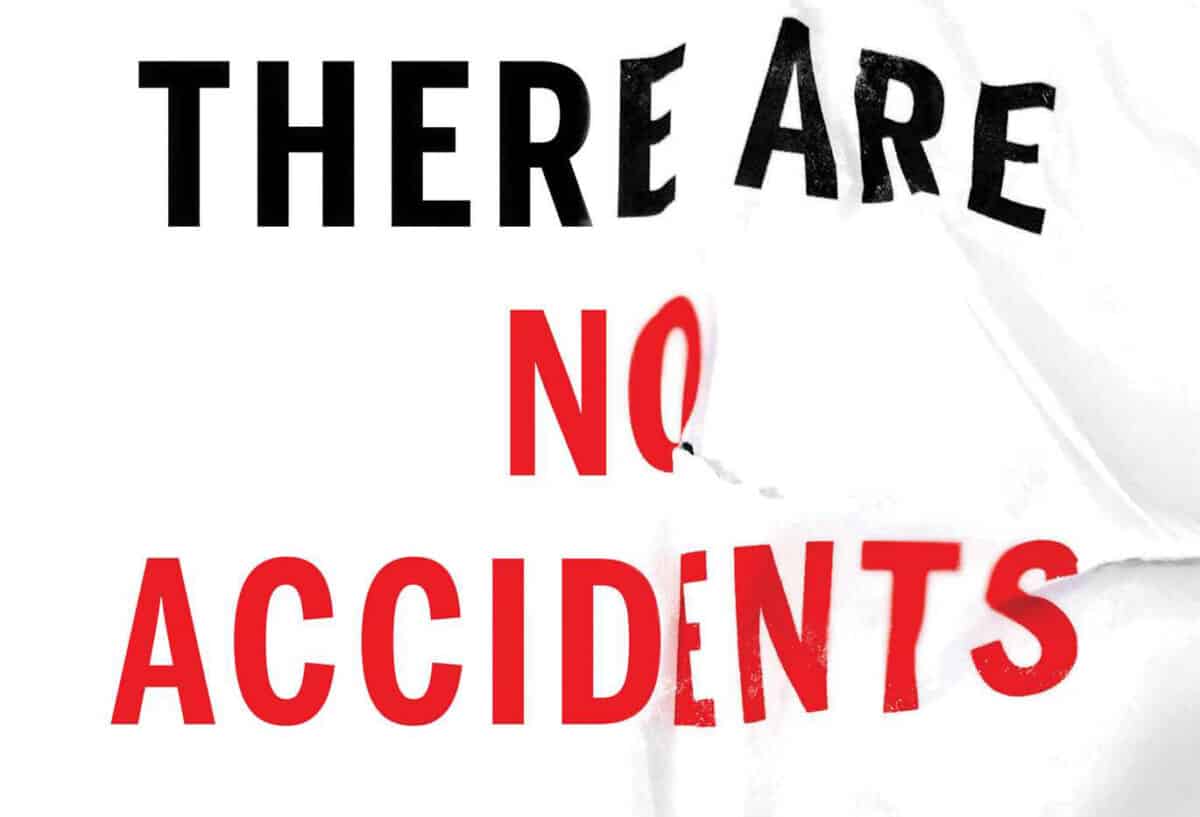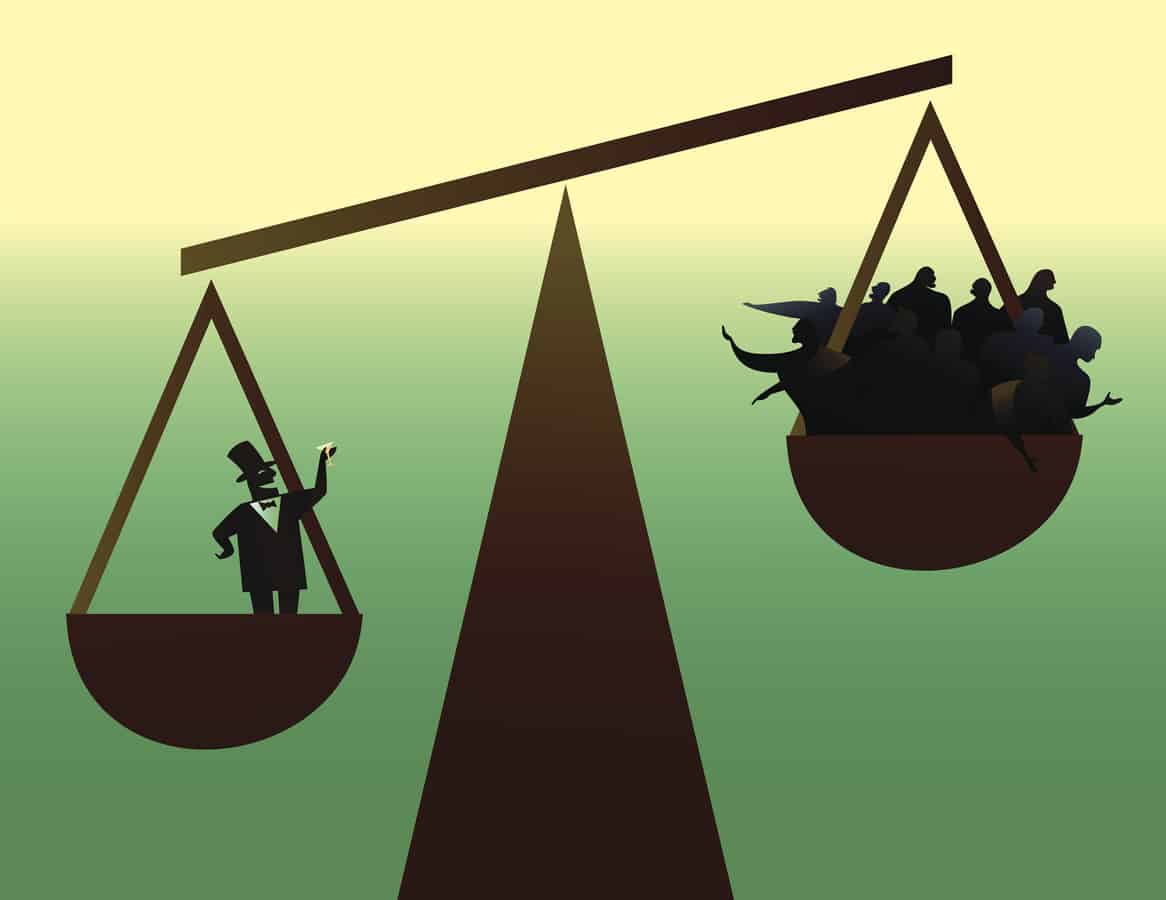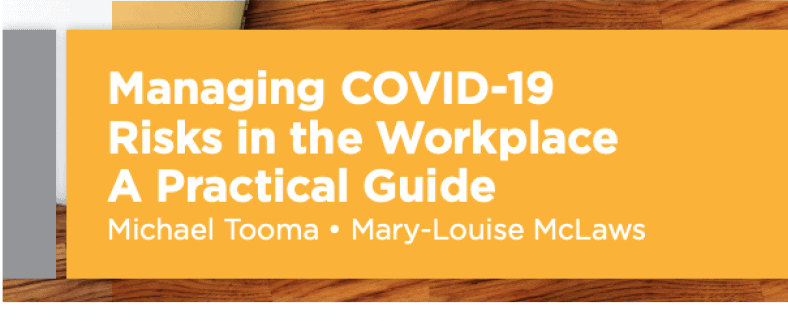The star of Australian academic Dr David Provan is on the rise. Academic, podcaster, author, local and international conference speaker and more, Provan is challenging the occupational health and safety (OHS) profession and professionals on many fronts. This month his self-published book “A Field Guide to Safety Professional Practice” went on sale. It is a unique book and is an essential addition to every OHS professional’s library and practice.
Category: book
Burnout causes are organisational. Who knew?
This blog has written frequently about “burnout” in workplaces, especially since the condition was defined by the World Health Organisation in 2019. I have seen it used many times as a shortcut, or synonym, for workplace mental health but usually only at the corporate, executive level. Workers have breakdowns, but executives seem to suffer burnout.
Recently a book was published in the United States called “The Burnout Epidemic, or The Risk of Chronic Stress and How We Can Fix It”, by journalist Jennifer Moss. What is most outstanding about this book is that the recommended fix is organisational. Usually, burnout books from the States focus on the individual worker or executive. This fresh US perspective makes the book essential reading for if the US recognises how to fix burnout and chronic stress, any country can.
A**hole Bosses – author perspective
Every couple of days, I receive media releases about new books, usually from Northern America, and interview opportunities with authors. If the subject ties into the themes of SafetyAtWorkBlog, I will email back for more information, including some questions. This usually results in a polite decline to cooperate as the “book does not suit your readership” or “the author feels that, although your perspective is valid, they feel it is outside his area of expertise”.
Those questions are usually about the influence of the working environment and organisational structures on management decisions and conduct. This week Tamica Sears, author of How to Tell if You’re an A**Hole Boss: A Humorous, Yet Honest Exposé on Misguided Management Behaviors, provided some perceptive responses. (Note: I have not read the book, so this is not a review)
Jessie Singer and the “social autopsy”
I am halfway through an extraordinary book called “There Are No Accidents –
The Deadly Rise of Injury and Disaster—Who Profits and Who Pays the Price” by Jessie Singer. It is extraordinary in many ways, but the most significant is that Singer chose to write a book for the general reader about how people are hurt at work, home and when driving and how describing these as “accidents” deflects responsibility, as if there was nothing that could be done to prevent them. This is of huge significance to the advocates of work health and safety, and the book’s release should spark interviews with Singer and book reviews which could lead to a broader social discussion of safety.
Is work health and safety “woke”?
Occupational health and safety (OHS) has always been progressive in that its purpose is to prevent harm to workers and people. It has lost its way sometimes and its effectiveness diluted at other times, but its core purpose has remained. At the moment, there is an ideological, political and cultural resistance to progressive structures and ideas that is often criticised as being “woke”. Woke has an evolving meaning, but it seems to mean well-intended but ineffective.
Recently Australian academic Carl Rhodes examined “woke capitalism” in a new book. Refreshingly Rhodes provides an analysis of woke capitalism rather than a rabid critique. OHS is not the focus of this book (when is it ever?), but his research and perspectives are relevant to how OHS is practiced and the level of influence we believe it deserves.
Trade Unions, Cost, Exploitation and Responsibilisation
Trade unions have been the longest and strongest advocates on occupational health and safety (OHS) in Australia. Still, their political influence is falling slower than its declining membership due to structural legacies, of which the tripartite OHS consultation is one. The trade union strategy for OHS was to monetise it so that changes in OHS could be the catalyst for or on which it can piggyback industrial relations (IR) reform. A recent review of the work of Professor Michael Quinlan and a video from United States economist and author Robert Reich illustrates elements of this process.
Good COVID OHS book
Late last year, lawyer Michael Tooma and epidemiologist Mary-Louise McLaws published “Managing COVID-19 Risks in the Workplace – A Practical Guide”. Given how COVID-19 is developing variants, one would think that such a hard copy publication would date. However, the book is structured on the occupational health and safety (OHS) obligation of managing risks, and whether the variant is Delta, Omicron or Omega (if we get that far), the OHS principles and risk management hold up.






